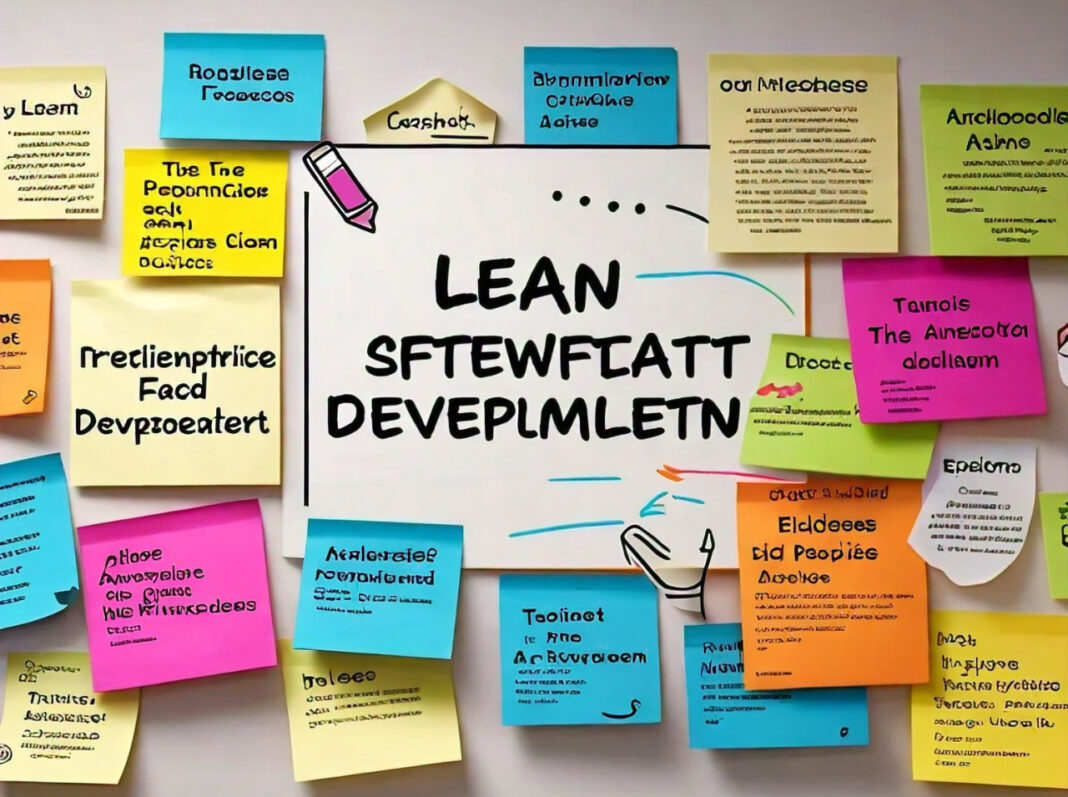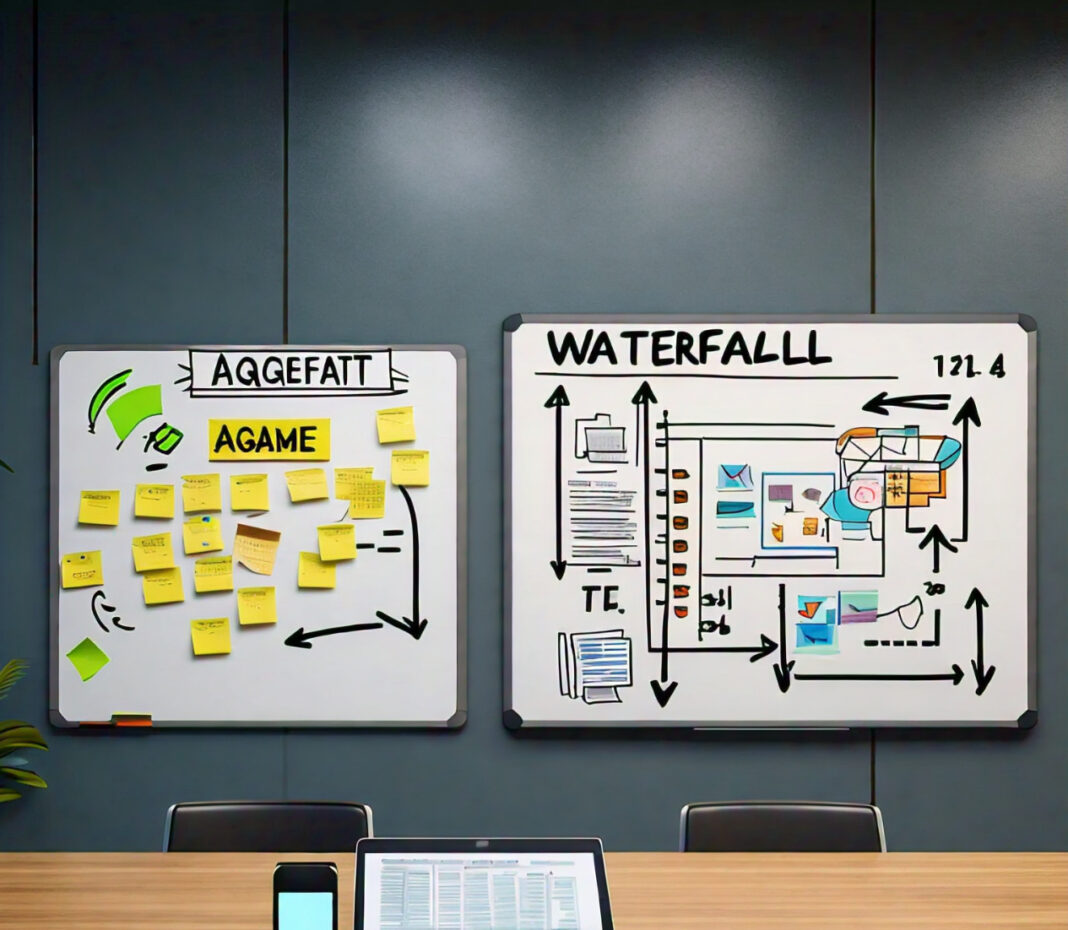Lean Software Development is the application of the principles of lean manufacturing adapted to software development. Lean manufacturing, as borrowed from the Toyota Production System, is about waste elimination and enhancement of efficiency, with value delivered to the customer. Lean Software Development applies these very same principles to the process of software development to create a lean operation, improve quality, and be responsive to customer needs.
The essence of Lean Software Development is delivering a quality product efficiently, removing waste, and enhancing processes continuously. This in-depth guide will explain the core principles and practices of Lean Software Development, together with insights into how they should be implemented and their impact on software development.
Principles of Lean Software Development
At the core of Lean Software Development lie some principles instrumental in guiding its practices and methodologies. The principles are supposed to enhance efficiency, reduce waste, and deliver value to customers.
1. **Eliminate Waste**
Lean thinking’s core principle is waste. Waste is something that does not add value to the customer. Waste can happen in software development for several reasons, like extra features, duplicate processes, delays, and defective products.
– **Waste Types**: Common types of waste within software development:
– Overproduction: A case wherein features or functionality are developed that the customer either does not require or will not use.
– **Waiting**: Hundreds of hours were spent waiting on approvals, resources, or information. This delayed progress.
– **Overprocessing**: Extraneous work or additional features for which added value is not created.
– **Defects**: Mistakes or bugs in the software that call for rework or cause customer dissatisfaction.
– **Unnecessary Motion**: Activities or procedures that involve too much effort or time, such as manual data entry or redundant communication.
– **Implement**
* **Value Stream Mapping**: In the process of value stream mapping, the flow of work from concept to delivery is visualized, areas of waste are highlighted, and improvements are made to eliminate non-value-added activities.
* **Regular Reviews**: Periodically review processes and workflows for sources of waste, and address them using metrics and feedback that will guide the efforts of improvement.
– **Continuous Improvement**: Run a culture of improvement in which team members are actively looking out and eliminating waste in their work.
– **Impact**: Eliminating waste increases efficiency, decreases cost, and enhances the general quality of software. It enables the delivery of better products faster by doing only that work that delivers value to the customer.
2. **Build Quality at Every Stage**
Quality assurance and control in each development phase imply that quality is built into the entire development process and is not treated as an independent phase. Since the methodology followed from the beginning ensures quality assurance during the whole development life cycle.
Key Aspects:
**Test-Driven Development (TDD)**: Automated tests are written before actual coding to ensure that the code does what is expected of it and does what it should do.
– **Continuous Integration (CI)**: Frequently integrate code changes in a shared repository. Automated tests will detect problems early on.
– **Code Reviews**: Regularly review code to detect and fix any possible problems before they manifest.
– **Implementation**:
– **Quality Gates**: Introduce quality gates in the various development phases to ensure that code quality, checked against predefined criteria, is satisfactory before it passes on to the next phase.
– **Automated Testing**: Execute automated testing tools to validate functionality, performance, and security. Integrate the tests into the continuous integration pipeline for regular feedback.
– **Root Cause Analysis**: Make a root cause analysis for defects, and address the reasons so that their recurrence can be avoided.
**Impact**: Reduced risk of defects, increased customer satisfaction, reduced chances of rework by building quality at every stage. Higher-quality software and more efficient development processes.
3. **Create Knowledge**
Creating knowledge is all about capturing and sharing information, expertise, and insights with the Development Team. This practice is very important in developing a common understanding regarding the project and bringing about collaboration to arrive at the right decisions.
– **Key Aspects**:
– **Documentation**: Ensuring that clear and useful documentation is maintained on requirements, design decisions, and how the implementation was done.
– **Knowledge Sharing**: Giving opportunity to team members to share their expertise, either through regular team meetings, workshops, or mentoring.
– **Learning Culture**: Foster a culture where learning is promoted continuously; team members are offered opportunities for new skill acquisition and to keep themselves up-to-date with the trends in the industry.
– **Implementation**:
– **Knowledge Repositories**: Develop and maintain knowledge repositories, such as wikis or knowledge bases, for storing and organizing information.
– **Communities of Practice**: Establish communities of practice either within the team or the organization that will help in sharing knowledge and collaboration around explicit themes or topics.
– **Feedback Loops**: Establish feedback loops to capture lessons learned and enhance processes from the experience and insights of individuals on the team.
**Impact**: Knowledge creation and sharing improve team collaboration, higher quality decision-making, and faster problem resolution. This also helps to build a more competent and knowledgeable development team.
4. **Defer Commitment**
Deferring commitment refers to the avoidance of any kind of commitment until it is necessary. This enables making commitments with the best possible information. This principle contributes to decreasing the risk of early unconditional decisions which may need to be changed afterward.
– **Key Aspects**:
– **Decision-Making**: Delay significant decisions to the last responsible moment when the data and insight are most viable.
– **Iterative Development**: Introduce iterative development techniques such as Agile or Scrum, which lend themselves to feedback elicitation and small change implementation in subsequent versions.
– **Flexibility**: Keep flexible in the development procedure to make changes or adjust things whenever necessary.
– **Implementation**:
– **Prioritization**: Work prioritized on customer needs and business values, which is adjusted anytime on the availability of new information.
– **Incremental Delivery**: Deliver software in small incremental releases for feedback, hence making a considered view of decisions on future development.
– **Collaboration**: Stakeholder and customer collaboration to glean insights and feedback before decisions are made on features or functionality.
– **Impact**: Delayed commitment promotes the reduction of expensive change and rework by making decisions based on maximum information. It encourages more adaptiveness and responsiveness in the development.
5. **Deliver Fast**
Delivering as fast as possible means to deliver value to the customer by reducing cycle times and increasing the speed of development. The principle emphasizes how important speed and responsiveness are when delivering software to a customer.
– **Key Aspects
– **Short Iterations**: Run small functionality in fast cycles. This allows quick feedback and adjustment.
– **Rapid Prototyping**: Prepare early versions of software so that concepts may be tested with rapidity to receive feedback.
– **Lean Process**: Make lean development processes to reduce wait time and spend as little time as possible on non-value-added activities.
– **Implementation**:
– **Agile Methodologies**: Implement Agile methodologies, either Scrum or Kanban, to manage development work against small, achievable chunks.
– **Lean Practices**: Implement Lean practices such as value stream mapping and waste reduction to drive efficiency and accelerate delivery.
– **Automated Deployment**: Introduce automated deployment processes that accelerate new software versions and update releases.
– **Impact**: Fast delivery ensures customer satisfaction—provides value on time and enquires into needs quickly. This also helps to maintain the competitive advantage and act upon changes in the market effectively.
6. **Respect People**
Respect for people states that there needs to be a valuing of individuals in the development team. This principle states that the working environment must be such that all members of the team are upbeat, motivated, and looked upon with respect.
– **Key Aspects**:
– **Empowerment**: Empower individual team members to make decisions, take ownership of their work, and see it through to the successful completion of the project.
– **Collaboration**: Create a collaborative work environment in which team members work together, sharing ideas and supporting each other.
– **Recognition**: Recognition and celebration of the contribution and success of team members build morale and motivation.
– **Implementation**:
– **Team Autonomy**: Allow teams to work independently in decision-making and managing their work while rendering the necessary support and guidance.
– **Feedback and Recognition**: Encourage frequent feedback and recognition to the members of the team about their efforts and contributions to results.
– **Professional Development**: Develop professionally each member of your team by opening opportunities for them to learn and grow.
**Impact**: Respect for people gives a more motivated and involved team, better collaboration, and overall higher performance. It also brings a good work culture and improves job satisfaction.
Practices of Lean Software Development
Apart from these underlying principles, Lean Software Development comes with several practices that support and implement these principles. These practices target the optimization of processes, enhancement of quality, and efficient delivery of value.
#### 1. **Value Stream Mapping**
Value Stream Mapping is a method of visualization and analysis of the flow of work from concept to delivery. It pinpoints areas of waste and potential improvement in the development process.
**Purpose:** The value stream mapping process aims at clearly determining how work flows through the development process, seeing the bottlenecks and inefficiencies, and making improvements that will enhance its overall performance.
**Implementation:**
– **Map the Current State**: Obtain a value stream map of the current development process regarding all steps, activities, and handoffs, and highlight areas where waste occurs and where value is added.
– **Analyze and Improve**: Analyze the value stream map for potential opportunities for improvement. Target the reduction of waste, decreasing delays, and the optimization of work flow.
– **Map the Future State**: Create a future state value stream map that defines what improvements and changes should be made in a process. Then realize these changes incrementally.
– **Impact**: The teams will gain insight into their development process, thus being able to identify areas of improvement and improve the flux of work.






